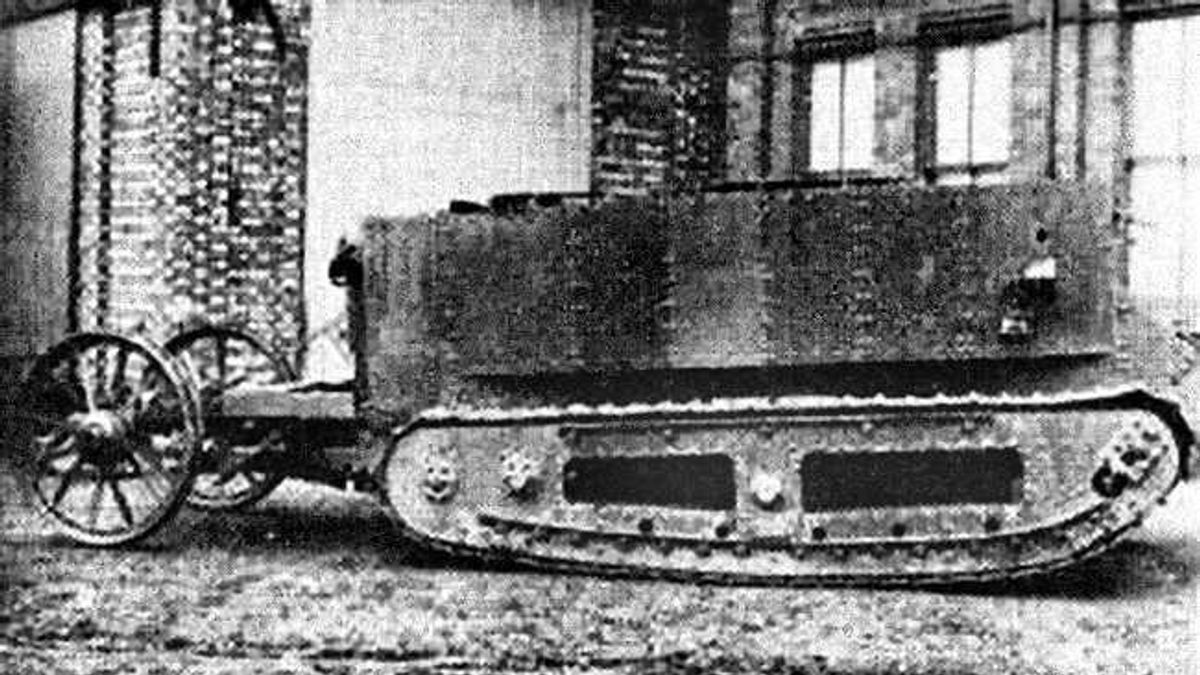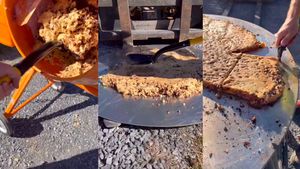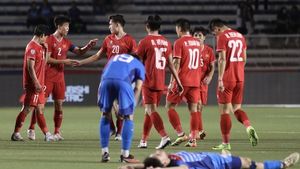JAKARTA - Today is September 6, more than a century ago or in 1915, a prototype tank fighting machine was successfully created in England. Her name is Little Willie. Weighing 14 tons, this weapon can crawl over rough terrain at a speed of only two miles per hour. That's when tanks transformed the military battlefield.
Quoting History, the reason Britain developed the tank was to deal with trench warfare in World War I. Beginning in 1914, British army colonels, Ernest Swinton and William Hankey, secretary of the Imperial Defense Committee, championed the idea of an armored vehicle with special tires that could travel through areas hard for the sake of breaking through enemy lines.
They appealed to British Navy Secretary Winston Churchill who believed in the "land ship" concept and organized the Landships Committee to begin developing a prototype. In order to keep this project a secret from the enemy, production workers were told the vehicle they built would be used to carry water on the battlefield. And after all the new vehicle was delivered in a crate labeled "tank" and his name was attached.
After Little Willie was tested, it turned out that its performance was still not satisfactory. The reason is that this tank is still moving slowly and is too hot and not reliable enough to pass through the trench.

After that the tank was modified so that the second prototype as "Big Willie" came out. Then in 1916 this armored vehicle deemed ready for war made its debut at the Battle of the Somme near Courcelette, France on 15 September.
The first tank squad of the war was called the Mark I. These first tanks were hot, noisy and heavy inside. In addition, the tank also experienced problems on the battlefield. Nevertheless, people realized the dangerous potential of these weapons of war.
Further design improvements were made and at the Battle of Cambrai in November 1917 the 400 Mark IV proved to be much more successful than the Mark I, capturing 8,000 enemy troops and 100 guns.
Tanks are quickly becoming important military weapons. During World War II, they played important roles on various battlefields.

The English, Chinese, Japanese, Arabic, and French versions are automatically generated by the AI. So there may still be inaccuracies in translating, please always see Indonesian as our main language. (system supported by DigitalSiber.id)









